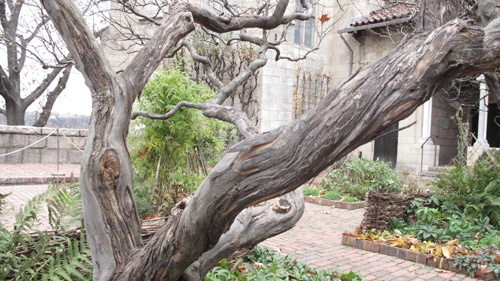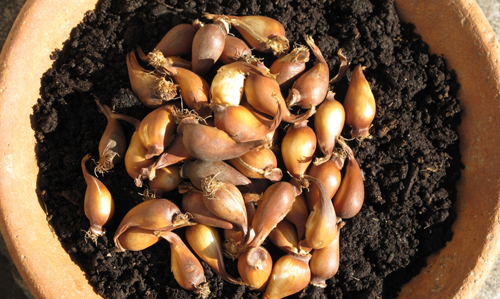Splitting at the Seams
Now that this??veteran quince has regained vigor and the branches have grown thicker, the bark is splitting under the pressure of the increased diameter. The plates formed by the??exfoliating bark add to the beauty and ornamental value of the tree.
The beloved and beautiful quartet of quince (Cydonia oblonga) trees at the center of Bonnefont garden, an iconic image of The Cloisters worldwide, was showing??its age when I first came to The Cloisters as consulting arborist in 2007. The trees were nutritionally deprived, had suffered from both summer and winter drought, and were subject to several fungal diseases, as well as insect infestations, especially apple maggot. Read more »


